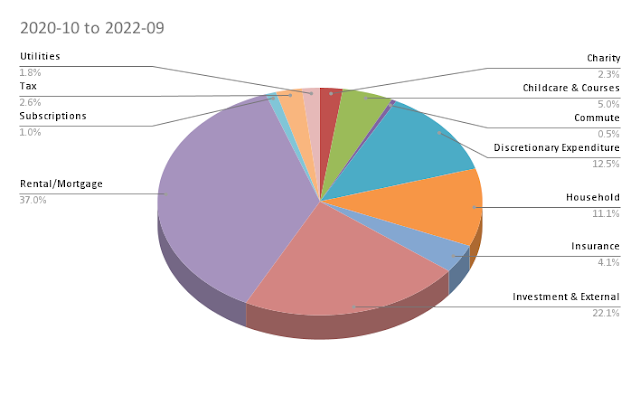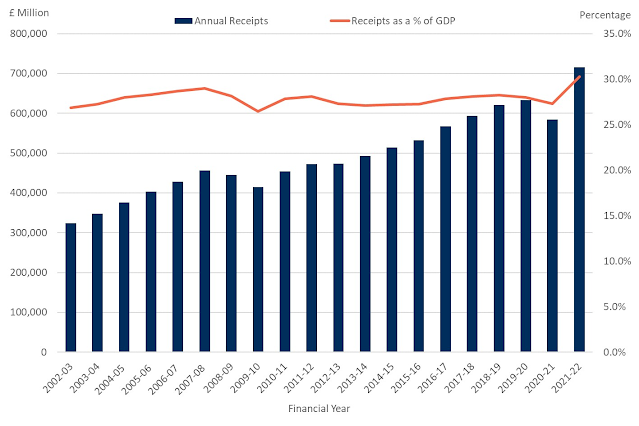Cricket: A better way of penalizing slow over rate
Ok, so Dhoni has been suspended for two ODIs following the slow over rate. I am somewhat satisfied that something has been done, but as always it feels like too little and too late (its after the match ended). Before you jump to put in your angry comment, lets analyze why we need a strict way of enforcing over rate in the first place.
Cricket is a long game, ranging from 4 hours (T-20s) to 35+ hours (Test matches). In these fast paced days, hardly anybody has the time to follow a full test match live on TV. Moreover, in the day of globalization, with viewers tuning in from various parts of the world, you need to account for the time differences too. A day night match in India is a evening-night match in Singapore and a night-night match in Australia. So, lets get this simple fact out of the way - cricket is not a viewer friendly sport.
Now, largely because of an utter neglect by the authorities of the game, successive generations of captains have gotten away with slow over rates, mostly in the name of strategy, but actually because nobody is looking over them and fixing it. It wasn't always so - with 4 pacers, West Indies of the 70s were famous for never going beyond their time. Slow over rates just compounds the viewer-unfriendly nature of the game, making it impossible for a viewer to time the finish of the game. Moreover, enough test matches have finished in a draw because one of the captains could slow down the game and reduce the number of overs bowled.
Now, lets look at what the ICC has been doing and why none of it actually solves the problem:
- Reduce overs for chasing team: This was a ridiculous idea that only penalized the team batting second in an ODI while letting off the team batting first (they were penalized with match fees, but no one cared about that). You need to be more equal than that.
- Penalize through money suspensions: This sometimes works and sometimes doesn't. If a captain wants to spend more time on the field defending in a tense situation in a major tournament's final, he doesn't care about getting fined or suspended the day after.
So, what do we need? We need an in-match solution (one that has the opportunity to affect the result of the game), equal on both teams irrespective of batting order, consistent on all matches (important or otherwise) and potentially penalizes the entire team for poor over rate.
I can't take credit for the proposed solution (I watched this on TV in a English County T20 game), but here is how it goes:
- Fix the maximum time for the innings up front on a large countdown clock visible to all including spectators.
- On each injury, keep record of the time involved, either in a separate clock, or by stopping the countdown clock. As soon as the clock hits zero, start the injury time countdown.
- For every bowler not bowled by the end of the clock, punish the bowling team by adding 6 runs (per over not bowled) to the batting total.
- The quantum of per over punishment can be debated. My suggestion - go with the average run rate of the past 100 matches in international cricket of the same form. This way, it gets adjusted to the form of the game and keeps in trend with the ever increasing run rates (I don't like that either, but I will need a separate blog post for that).
It is high time the authorities of cricket made the game more professional and more viewer friendly. Each of these minor improvements will help to hold on to your viewers and in these days of empty cricket stadiums, you better retain each TV eyeball-minute that you can capture.


Comments
The proposed solution is a penalty, not a replacement. That would defeat the entire purpose.
Oh okay... Either it was not clear or I missed.
So on the proposal again, I still think it would be unfair because the batting team is earning some runs without having done anything. Although it could be a legitimate penalty, it kills the essence of the game - cricket.
Also, the scene would be dramatic when the batting-first-bowling-second team goes at a slower rate and batting second team earns penalty runs at the end e.g. if they need 25 runs in 18 balls and the allotted time is over, they will earn 18 runs for free, requiring just 7 runs in 18 balls... the excitement is suddenly over.
So considering such scenarios, I think the present system is fair enough... It considers overshooting 2 overs' time as a mild offense with proposed penalty as some percent of match fee and 3 or more overs' time as serious offense with proposed penalty of ban for some matches. Specially since it is working quite well, nobody is genuinely unhappy with it and it is widely accepted shows its fairness. Also, it doesn't kill the essence of cricket (like the previous rules of cutting overs and the one proposed here).
However, since we have rules like free hit and all, I won't be surprised if the ICC considers such or similar proposals for implementation.
Your last comment makes me think that you don't consider the slow over rate as a problem, but in fact you consider it as a essence of the game, in which case, this doesn't matter.
Have you tried following cricket these days? Almost always the game is going well into over time and that doesn't augur well for the game. It just feels that we want to let it be a leisurely game with no time pressures. That was fine till kings were playing and the princes watching, not anymore.
My proposal is based on the fact that what is already a viewer unfriendly game should be made a little more friendly by having hard time limits. I am fine with injury delays, but delays just because the captains fancy it is unpardonable.
It would actually never kill excitement, but introduce more exciting games. The introduction of the penalty itself means that no captain will let the game go into overtime, but instead find news to optimize time usage and that can only make the game exciting.
BTW, what is wrong with the free hit?
For test matches, there shouldn't be any such rule... you should play until the light conditions allow you to... even if it goes beyond 90 overs... The real cricket was when they used to play time less matches... that was the real test of a cricketer. Anyway, who watches test matches these days? I only follow, not watch. Test matches are not for viewers, they are for players, cricketers.